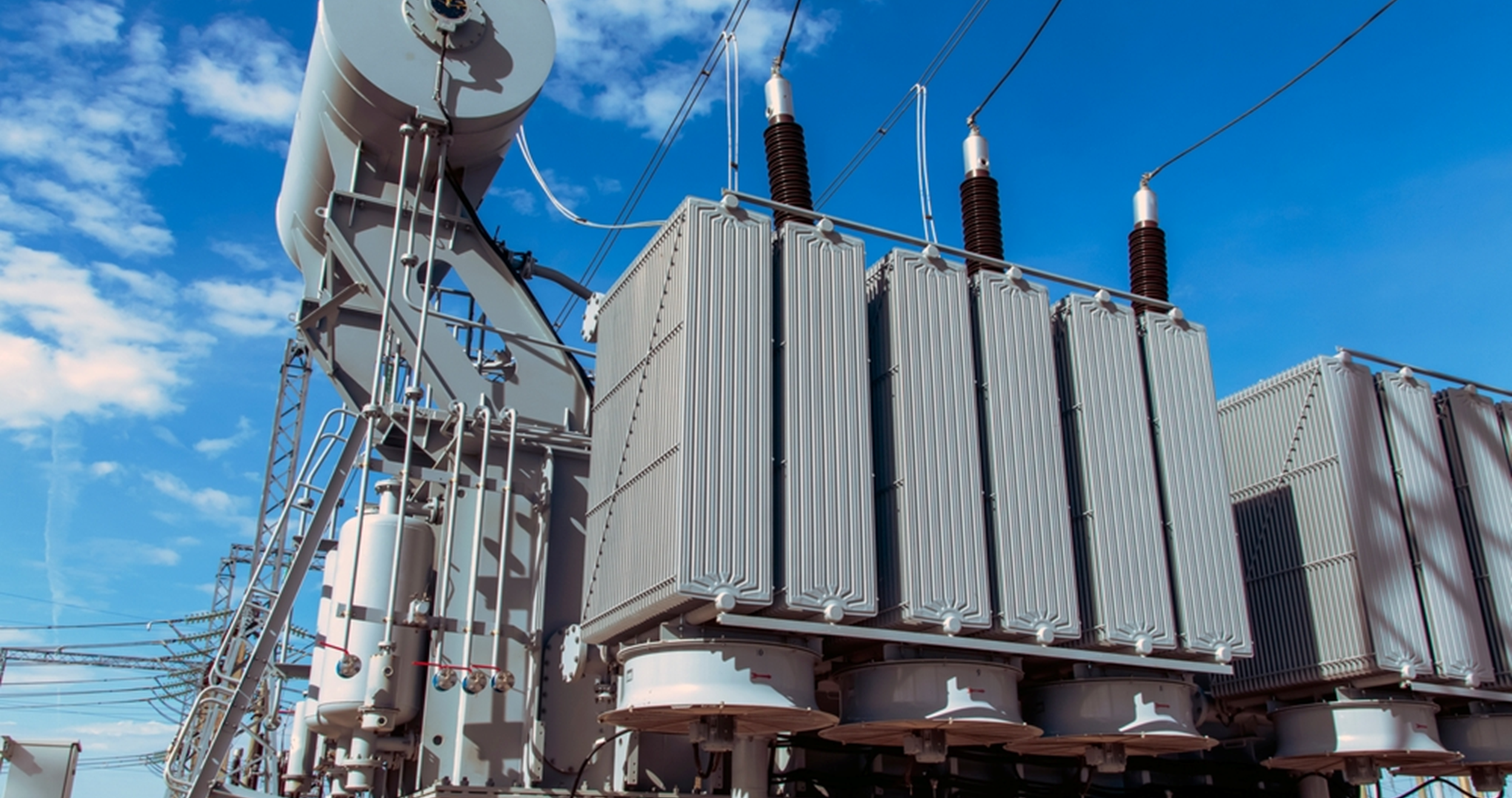Our recommendations
Last Update
14 November 2023
India looking at record high solar capacity addition at 17 GW this year
According to Ravi Shekhar, director, Eninrac Consulting, India’s solar power has seen more than a three-fold jump from March 2018 to October 2023 wherein capacity grew from 22.34 GW to 72 GW. This growth if averaged out on an annual basis would be about 9 GW from March 2018 to March 2023.
He said that in the first three of the period of March 2018 to March 2021 saw a growth of 19 GW meaning an average capacity growth of just above 6.3 GW on annual basis.
He said that in the first three of the period of March 2018 to March 2021 saw a growth of 19 GW meaning an average capacity growth of just above 6.3 GW on annual basis.
“This, however, takes a quantum leap in the next couple of years wherein the cumulative solar installed capacity witnessed a growth of 25 GW,” Shekhar added. The capacity growth from March 2021 to March 2022 was 12.76 GW and from March 2022 to March 2023 was 13 GW, which is slightly better than the last year. “From April 2023 to October 2023 the quantum solar capacities added stands at 5,238 MW and if the capacities are added at the same rate for the coming half of FY24 it is anticipated the overall 10-12 GW shall again be added on March 23 values of installed capacity,” said Mr. Shekhar.
Till date, FY22 and FY23 registered the best capacity addition in growth rate for solar power in India – FY23 saw 12,784 MW while FY22 witnessed 12,760 MW of capacity addition.
“Based on the quarters growth it was appearing that FY24 numbers would beat the record of FY23, which saw the highest one-year growth till date for India. However, the growth momentum got seriously impacted in Q2 FY24, wherein only 1,684 MW was added which is nearly half of the capacity added during the same period in FY23,” said Eninrac’s Shekhar.
According to experts, the major reasons behind this growth include utility-scale solar projects, increased tendering activity, abeyance of ALMM requirement till March 2024. “Last year has undoubtedly seen highest capacities being added to solar power installed base owing to falling tariffs, more impetus on renewable generation, growth in RE-based C&I open access transactions, and dedicated power transmission corridors,” said Shekhar.
Other reasons behind this growth were the time extension provided by MNRE till March 2024 for solar and hybrid projects bid out on or after April 2021 in the wake of COVID-19 and basic customs duty imposition.
Ease of supply chain pressure that hampered additions in FY23, Chinese solar cells and module prices reaching a historic low, cost optimisation due to increased grid electricity tariffs, and subsidy initiatives specially in rooftop solar implemented by both central and state governments.
Do you want to seek Eninrac assistance in helping you resolve some critical business issues? Engage with us and reach out to our experts by using the Request for Proposal (RFP) form.
BEST VISION IS INSIGHT
Combine market knowledge and your skill to contribute value for end consumers

Transformer Sales Surge: ₹75,000 Crore Opportunity Ahead

Solar Parks Development Status in India

EU Solar Market 2024: Utility- Scale Resilience Amidst A Slumping Rooftop
Get started with
EI Market personalised demo
Complete the form to get in touch with our sales team to see our Visionboard platform in action. We'll show you how you can use eninrac to build a culture of action of consistently hunting down and eliminating poor market research expriences across your companies line of business


